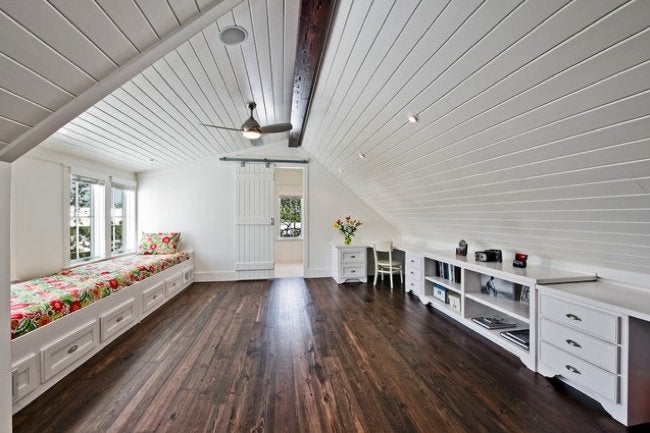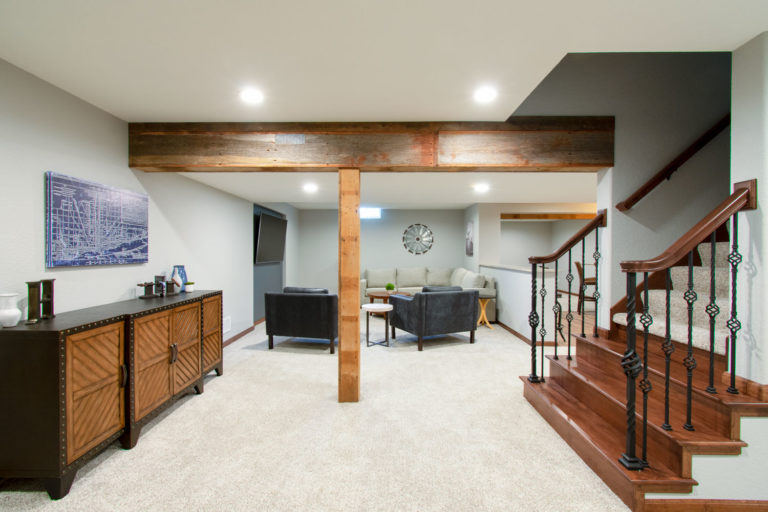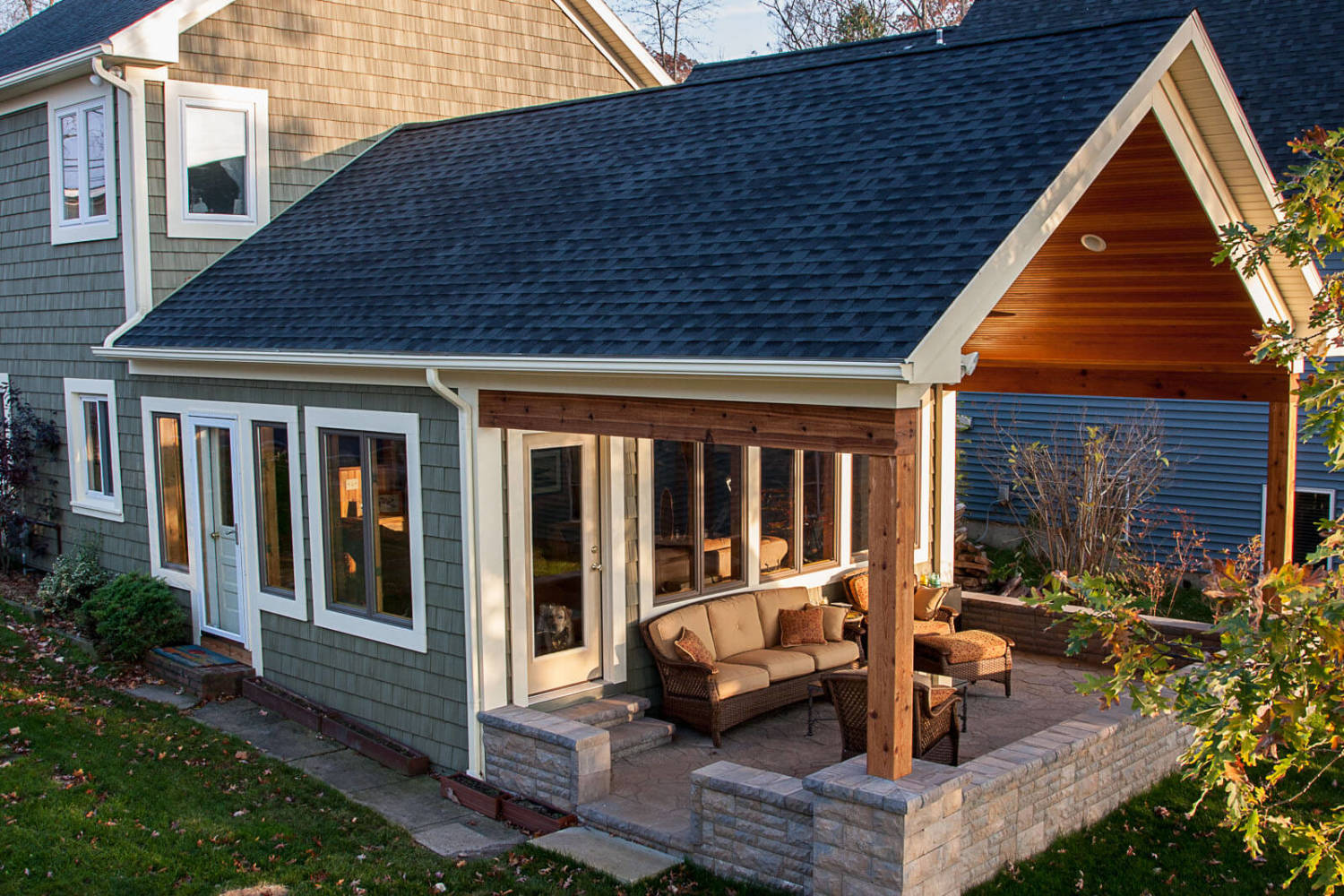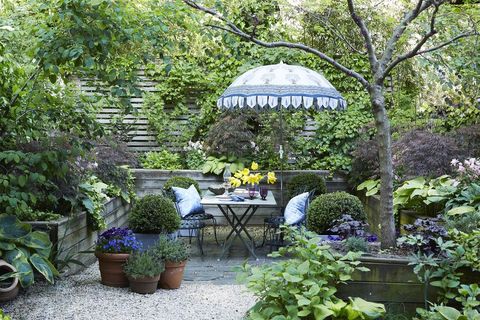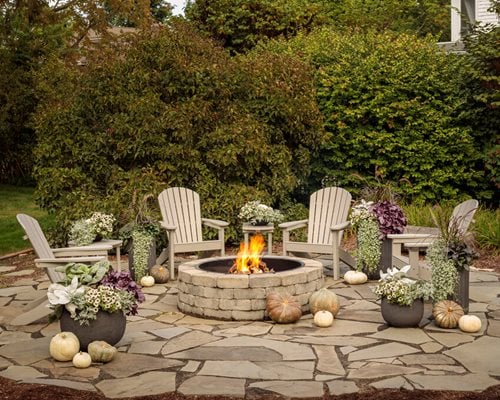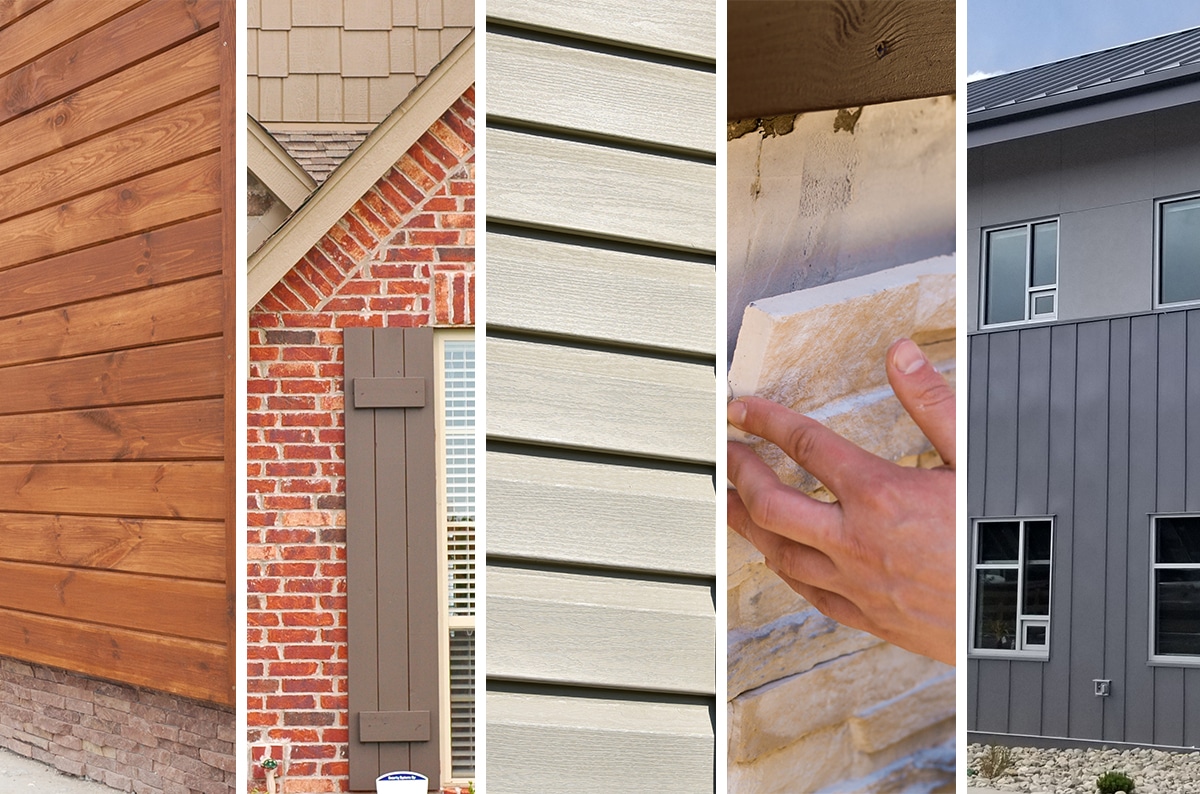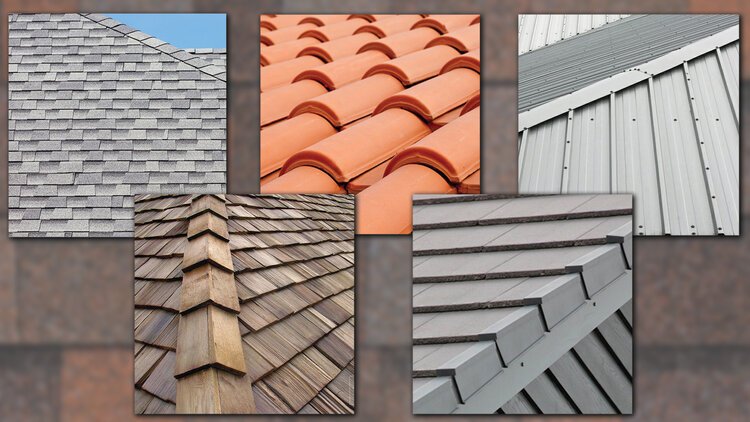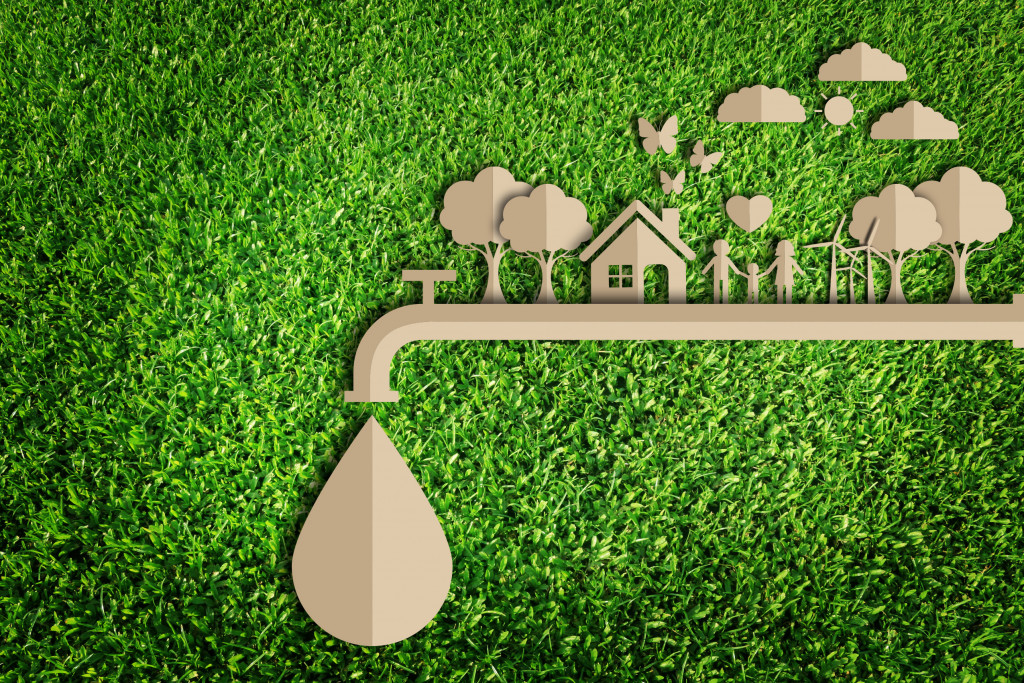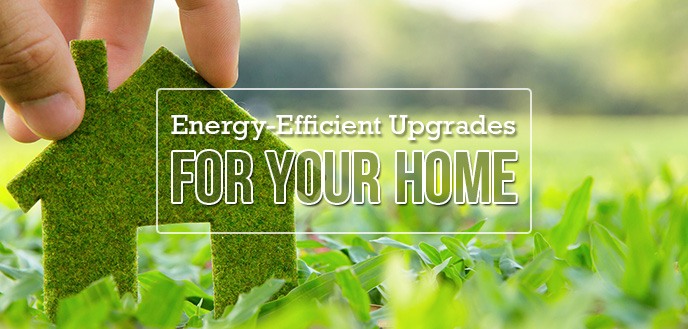Do you have an attic that’s just collecting dust and clutter? Converting unused space in your house into a room that fulfills your dreams while adding to the property’s value and usability can be accomplished through an attic conversion. The options are practically limitless, ranging from a comfortable bedroom to a home workplace. There are many options, from a cozy bedroom to a home office. In this article, we’ll discuss the steps involved in converting your attic and how to create a space that meets your needs.
Benefits of an Attic Conversion
There are many benefits to converting your attic into a usable living space. Here are a few of the top reasons to consider an attic conversion:
- Increased living space: An attic conversion can add valuable living space to your home without needing a costly addition.
- Added home value: Adding living space to your home can increase its overall value, making it a wise investment.
- Energy efficiency: Attic conversions can improve your home’s energy efficiency by adding insulation and sealing air leaks.
- Natural light: With the addition of skylights or dormer windows, you can bring natural light into your new living space.
- Design flexibility: Converting an attic gives you the freedom to customize the area to your own specifications.
Process of an Attic Conversion
Converting your attic into a livable space requires careful planning and execution. Here are the general steps involved in an attic conversion:
- Hire a professional: The first step in an attic conversion is to hire a professional contractor or architect with experience in converting attics.
- Inspect the attic: The next step is to inspect your attic to ensure it’s suitable for conversion. The inspector will check for proper ventilation, insulation, and structural integrity.
- Plan the design: Once your attic has been inspected, it’s time to plan the design of your new living space. This includes deciding on the layout, flooring, walls, windows, and lighting.
- Obtain permits: Depending on where you live, you may need to obtain permits before you can begin the conversion process. Your contractor or architect can help you with this.
- Begin construction: With your plans in place and permits obtained, it’s time to begin the construction process. This typically involves adding insulation, installing flooring and walls, and adding windows or skylights.
- Finish the space: Once the construction is complete, it’s time to finish the space by adding any necessary fixtures, such as electrical outlets, lighting fixtures, and plumbing.
Potential Costs of an Attic Conversion
Several considerations, including the size of the attic, the finishes you choose, and the level of construction necessary, can greatly affect the final cost. Here are some of the potential costs you may incur during an attic conversion:
- Insulation: Depending on the existing insulation in your attic, you may need to add additional insulation to ensure proper energy efficiency. This can cost between $1,500 and $2,500.
- Flooring: The cost of flooring for your attic conversion will depend on the type of material you choose. For example, carpeting can cost between $500 and $1,500, while hardwood flooring can cost between $1,500 and $4,500.
- Walls: Depending on the extent of the construction work required, the cost of adding walls to your attic can range from $1,000 to $5,000.
- Windows/skylights: Adding windows or skylights can cost between $500 and $2,500 per window, depending on the size and type of window.
- Fixtures: The cost of fixtures such as lighting fixtures, electrical outlets, and plumbing will depend on the specific fixtures you choose.
Design Considerations for an Attic Conversion
When it comes to designing your attic conversion, several factors must be considered to ensure that your space is both functional and aesthetically pleasing. Here are a few design considerations to keep in mind:
- Layout: How you intend to make use of your newfound attic space will determine its layout. For example, if you’re converting your attic into a bedroom, you’ll need to consider the placement of the bed, closet space, and any additional furniture you plan to add.
- Lighting: Lighting is important to consider when designing your attic conversion. In addition to natural light from windows or skylights, you’ll need to add artificial lighting to ensure that the space is well-lit.
- Storage: Attics are notorious for being cramped and lacking in storage space. When designing your attic conversion, be sure to include ample storage space for your belongings.
- HVAC: Depending on the climate where you live, you may need to add heating and/or cooling to your attic conversion to ensure that it’s comfortable year-round.
- Access: Finally, it’s important to consider how you’ll access your attic conversion. This may involve adding a staircase or ladder or converting an existing attic access point.
Tips for a Successful Attic Conversion
Here are a few tips to help ensure that your attic conversion is a success:
- Hire a professional: Converting an attic into a livable space is not a DIY project. Hiring a professional contractor or architect with experience in attic conversions is important.
- Plan carefully: Take the time to carefully plan the design of your attic conversion, including the layout, finishes, and fixtures.
- Stay within your budget: Attic conversions can be expensive, so it’s important to set a budget and stick to it.
- Don’t cut corners: While it can be tempting to cut corners to save money, doing so can compromise the safety and quality of your attic conversion.
- Consider resale value: If you plan to sell your home in the future, it’s important to consider how your attic conversion will impact its resale value.
Conclusion
In conclusion, an attic conversion can provide a great opportunity to turn your unused space into a dream room that adds value and functionality to your home. By establishing your goals, assessing your attic space, and planning your layout, you can create a space that meets your needs and adds value to your home. Remember to choose your finishes wisely and hire a professional contractor to ensure your project succeeds. With a little work and imagination, you can turn your attic into a beautiful and useful place that you and your family can enjoy for years to come.
FAQs
What are the benefits of converting an attic?
Converting an attic provides additional space and functionality to your home and adds value. It can be used as a bedroom, home office, game room, or any other space that meets your needs.
Do I need permits for attic conversion?
The requirements for permits vary by location and the extent of the renovation. It’s important to check with your local government to determine what permits are necessary for your project.
How much does an attic conversion cost?
The cost of an attic conversion relies on many things, such as the size of the space, the type of finishes you choose, and whether or not any structural changes are needed. It’s important to create a budget that considers all necessary expenses.
Can I convert my attic myself?
While tackling an attic conversion project on your own is possible, hiring a professional contractor is often best. They will have the experience and knowledge to ensure that your project is completed on time, on budget, and to code.
Will converting my attic add value to my home?
Yes, converting an attic can add value to your home by providing additional space and functionality. It’s important to consider the market demand in your area when determining the potential increase in value.
